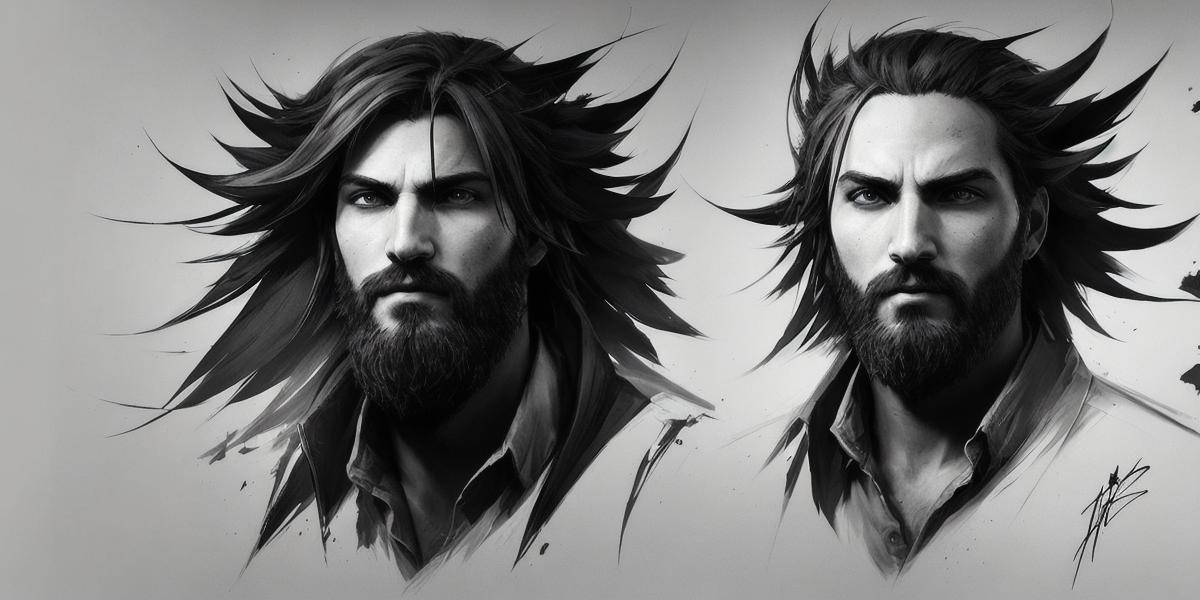Game artists are responsible for creating the visual elements of video games, including characters, environments, and objects. They use their artistic skills to bring the game’s world to life and make it immersive and engaging for players. In this article, we will explore what a game artist does and how they contribute to the development of a successful video game.
What Do Game Artists Create?
Game artists create a wide range of visual elements that are used in video games. These include:
- Characters: Game artists design and create characters that players can interact with, including their appearance, clothing, and movement.
- Environments: They design the game’s settings, including buildings, landscapes, and other environments that players will explore.
- Objects: Game artists create objects that players can use in the game, such as weapons, tools, and other items.
- User Interface (UI): They design the elements that players see on their screen, such as menus, buttons, and text overlays.
What Are the Different Types of Game Art?
There are several different types of game art, including:
- 2D art: This includes drawings, paintings, and other flat art that is used to create characters, environments, and objects.
- 3D art: This involves creating three-dimensional models of characters, environments, and objects using specialized software.
- Animation: Game artists also create animations of characters and objects, which bring them to life on the screen.
- Texture mapping: They apply textures to 3D models to give them a more realistic appearance.
What Are the Skills Needed to Be a Game Artist?
Becoming a game artist requires a combination of artistic skills and technical knowledge. Some of the key skills needed include:
- Drawing and painting: Game artists need to have strong drawing and painting skills to create characters and environments.
- 3D modeling: They need to be proficient in using specialized software to create three-dimensional models.
- Texturing: Game artists need to know how to apply textures to 3D models to make them look more realistic.
- Animation: They need to have knowledge of animation techniques and software to bring characters to life.
- Programming: Game artists often work with programmers to ensure that their creations function properly in the game.
What Are Some Challenges Faced by Game Artists?
Game artists face several challenges, including:
- Time constraints: They must meet deadlines and deliver high-quality work on time.
- Technical limitations: Game art software can be complex and may not always produce the desired results.
- Collaboration: Game artists often work with other members of the development team, such as programmers and writers, to ensure that their creations fit seamlessly into the game.
What Are Some Real-Life Examples of Successful Game Artists?
There are many successful game artists who have made significant contributions to the industry. Some notable examples include:
- Hideo Kojima: He is a Japanese video game designer and director who has created several iconic games, including Metal Gear Solid.
- Miyamoto Shigeru: He is a Japanese game designer and creator of Super Mario Bros. and other popular games.
- John Carmack: He is an American programmer and game engine developer who co-founded id Software and created the Doom and Quake game engines.
FAQs
What do game artists use to create their work?
Game artists use a variety of tools, including drawing and painting software, 3D modeling software, animation software, and texturing software. They may also use specialized hardware, such as graphics tablets, to create their work.
How long does it take to become a game artist?
Becoming a game artist typically takes several years of education and experience. This can include attending art school, participating in internships or apprenticeships, and building a portfolio of work to showcase your skills.




